What makes us who we are? What personalities are we born with? How much of our personality is fixed, and how much can we change?
These are some of the questions addressed by the fascinating Star Wars Identities Exhibition, which will soon open in Sydney, Australia, as part of its global tour.
It’s an entertaining, interactive and surprisingly educational look at the Star Wars saga from the perspective of personality.
The American philosopher Benjamin Franklin once wrote: “there are three things that are extremely hard: steel, a diamond, and to know one’s self.” That can often feel very true, but learning more about personality can help us understand why we behave the way we do, and how we can change.
Over the last 50 years, personality questionnaires like the Myers Briggs Type Indicator (MBTI) have been popular in organisations. But over recent years psychologists have largely agreed on the five-factor model of personality, or ‘Big Five’, as a broad, overarching model for personality research.
“The idea of the model,” writes Daniel Nettle in Personality, “is that there are five major dimensions, or traits, along which all human characters vary. Thus, any individual can be given five scores that will tell us a great deal about the ways they are liable to behave through their lives.”
These traits are sometimes known by their acronym, CANOE:
- Conscientiousness
- Agreeableness
- Neuroticism
- Openness
- Extraversion
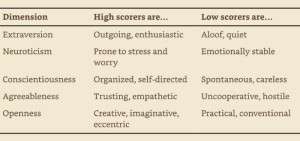
Everyone scores somewhere along the scale for each trait: you can see a description of each one in the table.
As Brian Little writes in Me, Myself and Us: “Unlike the MBTI, these terms are not meant to signify different types of people in which one is or is not, say, an extravert or a neurotic; rather, the Big Five traits are dimensions along which all people can be placed, with most falling in the middle regions and others spread out along the full range of scores.”
“Traits can’t be observed directly,” explains Nettle. “Rather, you infer a person’s level of the trait through their behaviour. No-one will be nervous all the time, but some people might be nervous more often and over a wider range of circumstances than others.”
The Star Wars Identities Exhibition cleverly illustrates this model by inferring the personality type of each major Star Wars character based on their behaviour, using the Big Five. Let’s look at some examples.
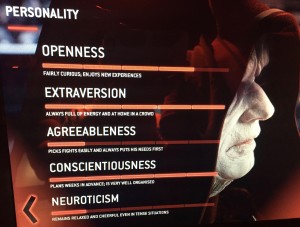
Conscientiousness
Conscientiousness can be illustrated by the contrast between Obi-Wan Kenobi and his young apprentice, Anakin Skywalker. Obi-Wan is disciplined, plans ahead and is well organised, while Anakin is impulsive, disorganised and does things without thinking.
You can also see it in the ‘take it as it comes’ philosophy of low-conscientiousness Han Solo, and the high conscientiousness, long-term, detailed scheming of Emperor Palpatine.
Agreeableness
Low scorers in agreeableness tend to put their own needs before those of others, and pick fights easily. They’re not particularly warm, and often have a fairly high opinion of themselves.
You can see this trait prevalent in the ‘dark side’ characters of Emperor Palpatine and Anakin Skywalker, but also in the ‘me first’ attitude and arrogance of Han Solo – as demonstrated in this interaction with Princess Leia.
High scorers like Luke Skywalker, Princess Amidala and Yoda put others’ needs before theirs, exhibiting high levels of trust and empathy.
Neuroticism
Perhaps the best Star Wars example of a high scorer in neuroticism is the droid C-3PO, who’s constantly worrying about both himself and other characters. There’s rarely a scene where he isn’t worrying about something!
Contrast this with the ‘cool as a cucumber’ approach of Qui-Gon Jinn in The Phantom Menace, who never loses his composure whatever the danger – memorably declaring ‘we’re not in trouble yet’ whilst travelling in a tiny submersible and about to be swallowed by a giant sea creature.
Openness
C-3PO is also a great example of a low scorer in openness. He’s only happy in familiar circumstances, and hates being out of his comfort zone. This often brings him into conflict with his more adventurous buddy R2-D2, not least at the beginning of A New Hope, when their conflict on this dimension leads them to take opposite directions.
Luke Skywalker is another example of a character high in openness. He’s desperate to escape the narrow confines of his life and explore new horizons – as illustrated in this scene with his uncle and aunt.
Extraversion
Most Star Wars characters score highly in extraversion: they’re outgoing, full of energy and at home in a crowd. Han, Leia and Chewbacca all demonstrate this trait, along with the droids C-3PO and R2-D2.
Those lowest in extraversion tend to be the Jedi knights, who are more comfortable spending long periods alone. Obi-Wan Kenobi spends much of his life as a hermit keeping a watchful eye on a growing Luke Skywalker, while Yoda spends years in exile on Dagobah with only a wide variety of swamp creatures for company.
Extraversion is also linked with greater risk taking, as demonstrated in the scene below with Han Solo.
Understanding our personalities is a first step towards understanding our own behaviour and preferences. But they shouldn’t be treated as a strait-jacket, preventing us from acting in ways contradictory to our own behaviour. For example, the most introverted people can still act in the most extraverted ways, and are often happy to do so. And if you’re aware that you’re low on the openness scale, then you can consciously seek out opportunities for new and different experiences if that’s important to you.
Similarly, we learn from experience and can adjust our behaviour accordingly. Han Solo, for example, becomes far more agreeable over the course of the saga, developing into a warmer and more selfless character through his experiences with the Rebel Alliance.
But overall, we’re more comfortable and will better play to our strengths by acting consistently with our basic personality traits rather than constantly trying to fight against them.
As Daniel Nettle says in Personality: “People’s basic dispositions will surface in some way or other, but they have considerable capacity to decide just which way they will allow it to surface. Thus, if your personality is causing you trouble and worry, you need to find alternative, and less destructive, outlets for the same characteristics. You don’t have to change yourself. You just have to change your self’s outlet.”
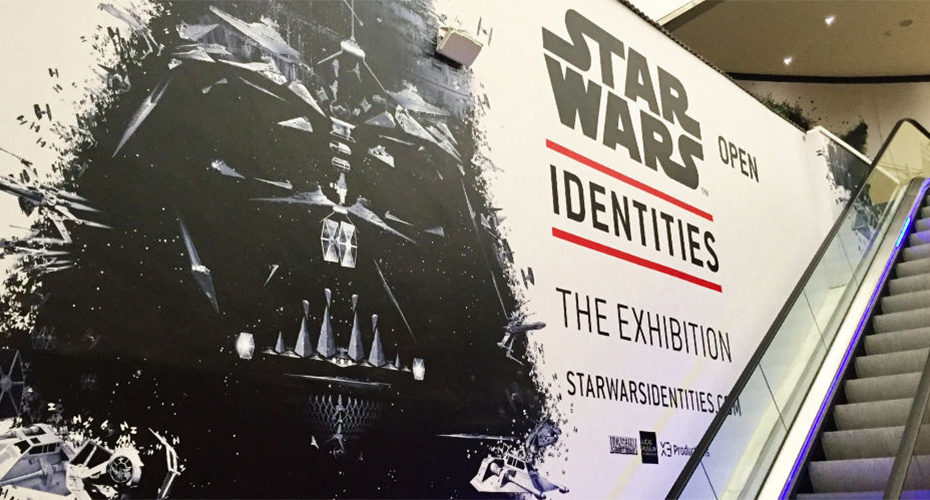
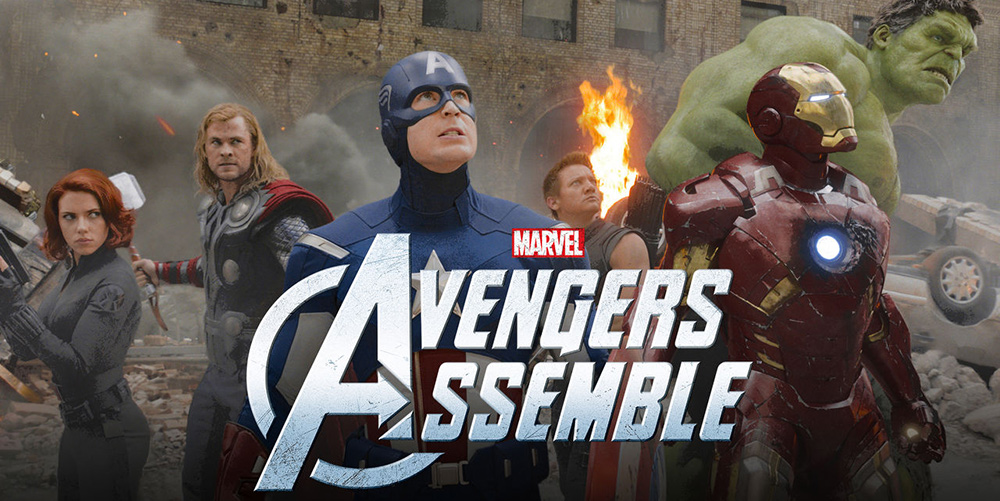
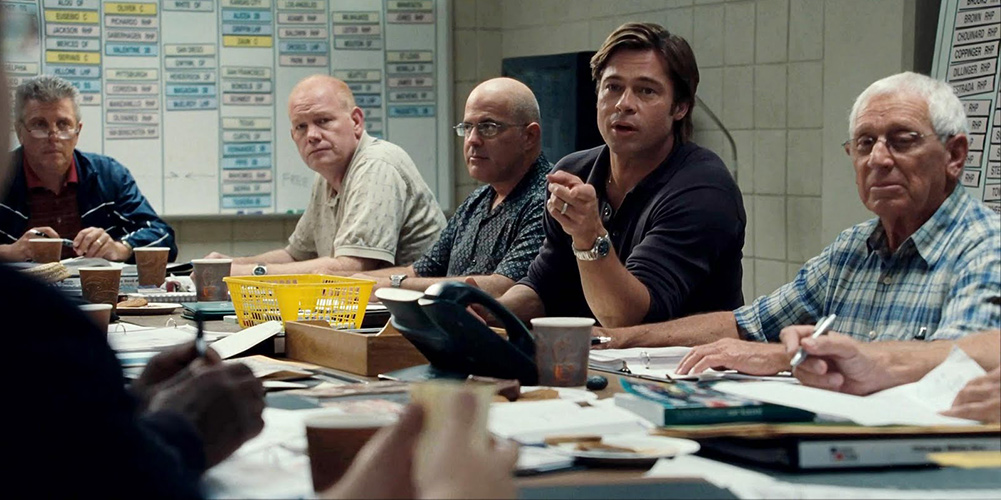
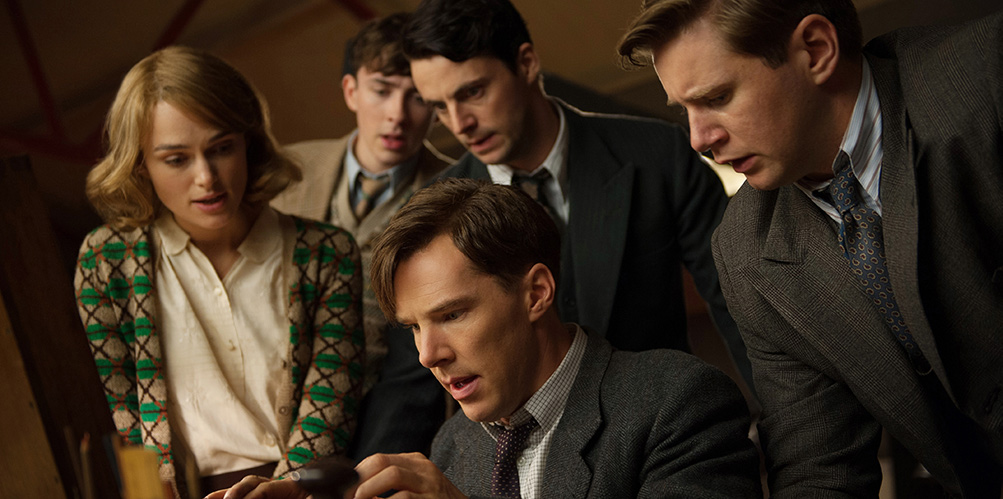
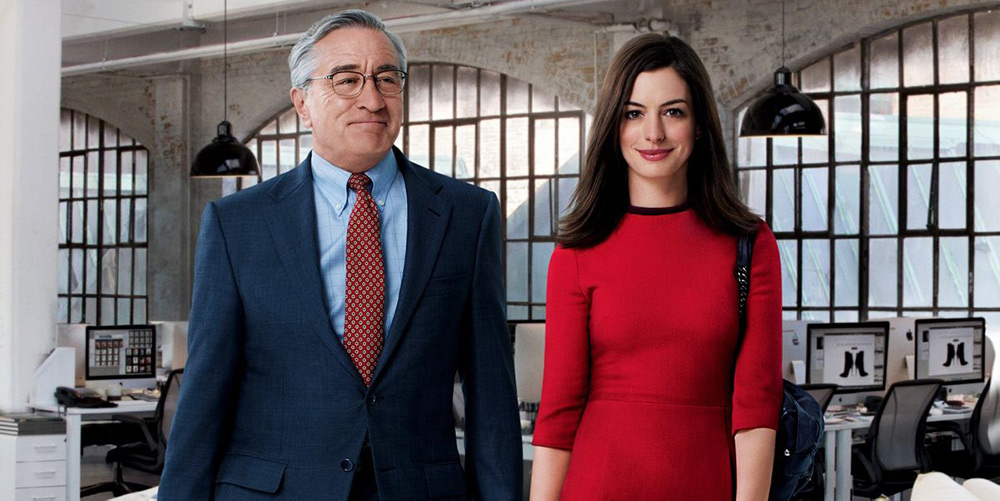
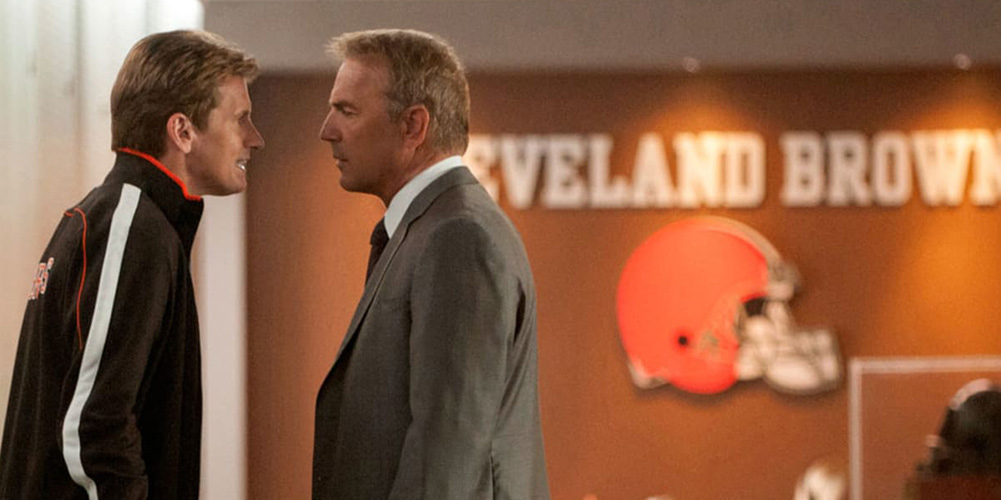
This was excellent. Informative and fun. I really enjoyed it. Great summary of the Big 5 personality traits as they relate to Star Wars characters.